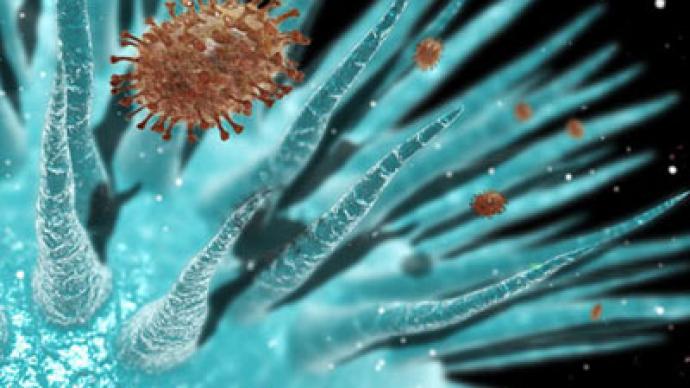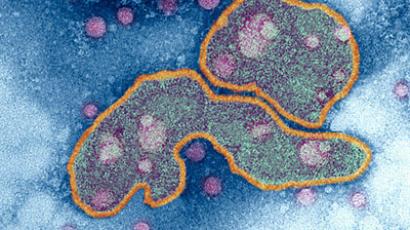Bioterror scare: Killer flu recipe will go viral?

Potential bioterrorists may be able to unleash the worst pandemic humanity has ever faced once a recipe for creating man-made flu is published, despite a decision by scientists to omit crucial pieces of their original research.
Academia, which relies on the free flow of information to thrive, agreed to the self-censorship only grudgingly. The scientists say all the data needs to be published in order to better monitor new strains of influenza and create a vaccine, if such a dangerous virus ever occurred naturally.The scientists are unlikely to be able to stop people with dedication and knowledge from recreating their work, some experts warn. Ron Fouchier of Erasmus Medical Center in Rotterdam who headed one of the two teams that created the killer flu, said the scientific data has already been shared with hundreds of researchers and governments in open scientific meetings.“The exact mutations that made this transformation possible were not particularly novel or unexpected, so anyone with a reasonable knowledge of influenza virology could probably guess at them if they so wished,” said Wendy Barclay, professor of influenza virology at Imperial College London, as cited by The Independent newspaper.Professor John Oxford, a flu expert at Queen Mary College, University of London, agreed: “The study by Fouchier is a huge service to all of us because it reminds us of how wafer thin the barrier is between a benign H5N1 virus and one that could spread easily. The 120 WHO flu labs around the world can use the DNA sequence information to identify and stop the spread of any new H5N1 variants.”The man-made strain of the deadly H5N1 bird flu, which can be transmitted through coughing and sneezing, made the headlines in late November. If released, it has the potential to cause an unprecedented pandemic with could kill hundreds of millions of people.The virus was made in the lab through relatively low-level manipulations, which has alarmed security experts. It is feared that terrorist groups could replicate the process to get their hands on a powerful biological weapon. To address their concerns, the scientists behind the research have agreed to withhold part of their work from publishers.













